Army Faces Fight Just To Survive In the Arctic

The U.S. Army faces a host of challenges in moving beyond just surviving in and around the ever-more strategic Arctic region to actually being able to operate there effectively. Many standard weapons and other equipment, as well as typical tactics, techniques, and procedures, literally do not work in this part of the world. This, in turn, is prompting calls for new and innovative approaches to many problems, many of which might be easily solvable in more temperate climes.
Senior Army officers and civilians gave a blunt assessment of the difficulties the service faces in operating in the Arctic during a panel talk at the Association of the U.S. Army's (AUSA) main annual convention in Washington, D.C., last week. They highlighted how extremely cold temperatures and basic geography mean units in the High North face unique equipment-related and logistical problems with everything from satellite communications to just keeping batteries charged. Many operational tasks, including setting up artillery positions, conducting basic first aid, and just moving from point A to point B, are also much harder than they would be at lower latitudes.
A New Arctic Army
The Arctic has been seeing renewed strategic attention from the U.S. military for years now. Global climate change has caused the polar ice caps to recede, opening up new access to natural resources and trade routes. This, in turn, has created new geopolitical competition, and the potential for conflict, especially with Russia and China, as a byproduct.
Though the Army has a long history in high latitude and high altitude regions, and operating in extreme cold, especially in Alaska, its focus on fighting in these conditions steadily diminished following the end of the Cold War. The service has more recently sought to course-correct, particularly with the adoption of a new Arctic strategy in 2021 and the re-activation of the 11th Airborne Division at Joint Base Elmendorf-Richardson in Alaska as an Arctic-focused organization last year.
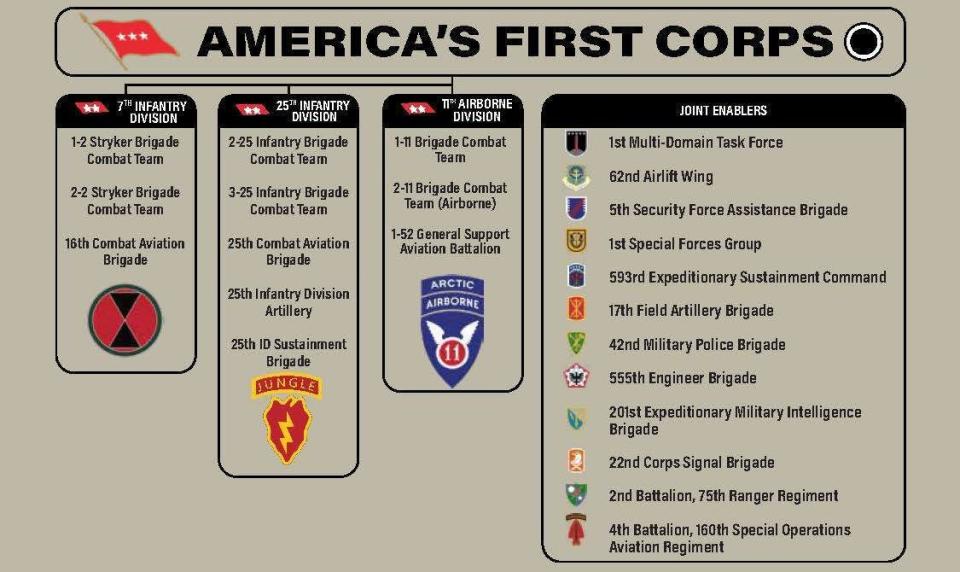
To say that this has come along with new challenges is an understatement.
"Quite honestly, the Army likes to give everybody the same communications gear [and other equipment]. Like everybody gets the same of this, everybody gets the same of that. That doesn't work in the Arctic," Maj. Gen. Brian Eifler, head of the 11th Airborne, said during last week's panel talk. "A lot of the equipment [does] not function well."
Communicating In The Arctic
Satellite connectivity is a well-established issue at higher latitudes simply due to where the vast majority of constellations are positioned in space around the Earth. This has impacts on the ability of 11th Airborne and other units operating in the High North to communicate, as well as share data, navigate, and otherwise make use of space-based systems that other Army units take for granted.
"If you're trying to get satellite TV up in the Arctic Circle, your satellite dish would be pointing right down along the ground, because that's where it's going to get the satellite, maybe, if it's not obstructed," Maj. Gen. Eifler explained. "We're doing some more innovative techniques [to help ensure connectivity], but that I won't talk about here."
He did say that the Army has been working with SpaceX to see about leveraging its Starlink constellation, which is highly distributed in nature and therefore offers more potential links. He also brought up Iridium Satellite Communications, which does have some satellites in dedicated polar orbits. In any future major conflict, satellites, in general, will be heavily targeted, and potential adversaries like China are already exploring options for tackling distributed constellations, too.
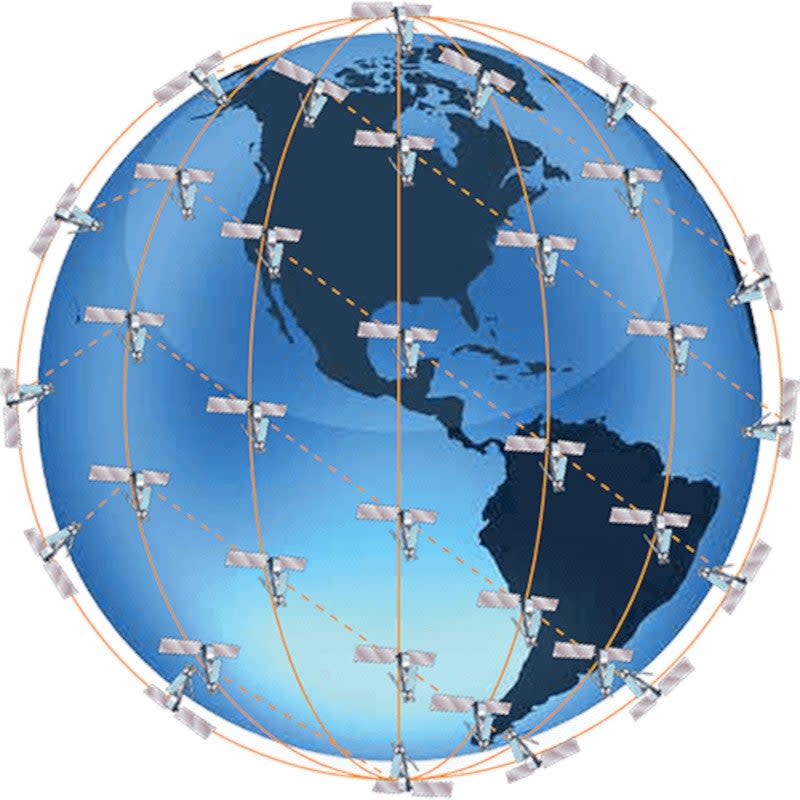
With the issues limiting satellite coverage in the Arctic, the commander of the 11th Airborne noted that line-of-sight communications suites are very important to his units as a result, even if they are more limited in their capabilities.
"What we found in the Arctic, as some of our Arctic neighbors know, the older the equipment is, the better it works. The more technology you have, the more challenges you have," Maj. Gen. Eifler said. "So sometimes the technology is our enemy."
At the same time, though line-of-sight links can be viewed as older (and therefore less capable) technology, at least for some applications, they can still take advantage of more modern developments. This includes the use of highly adaptable software-defined radios and networked drones as relay nodes.
Frozen Weapons And Equipment
The extreme cold temperatures commonly experienced in and around the Arctic just wreak havoc on weapons and other systems originally designed to be used in more temperate environments.
"You think of hydraulics and things that freeze ... metals, you know, sort of changes that at like 15, below zero, right? That's why they don't operate chairlifts [at ski resorts] at 15 below zero, by the way," Maj. Gen. Eifler explained. "You talk about triple sevens [the 155mm M777 towed howitzer], the artillery piece, a lot of hydraulics to that. It starts having some challenges at freezing temperatures."
https://www.youtube.com/watch?v=yR1ICIgF7zw
Last year, the Army withdrew a fleet of 8x8 Stryker wheeled vehicles from Alaska in part because of persistent difficulties in keeping them running in cold weather conditions. Those vehicles had been assigned to what is now known as 1st Brigade Combat Team, 11th Airborne Division at Fort Wainwright in Fairbanks.
https://www.youtube.com/watch?v=HDsgQTZOd6g
The Army is now in the process of acquiring and fielding new, dedicated Cold Weather All-Terrain Vehicles (CATV) for operations in and around the Arctic, as you can read more about here. The service currently has four CATVs, which are being used for various kinds of initial testing and evaluation, both in Alaska and at Aberdeen Proving Ground in Maryland. The total size of the fleet is eventually expected to grow to 163 vehicles.
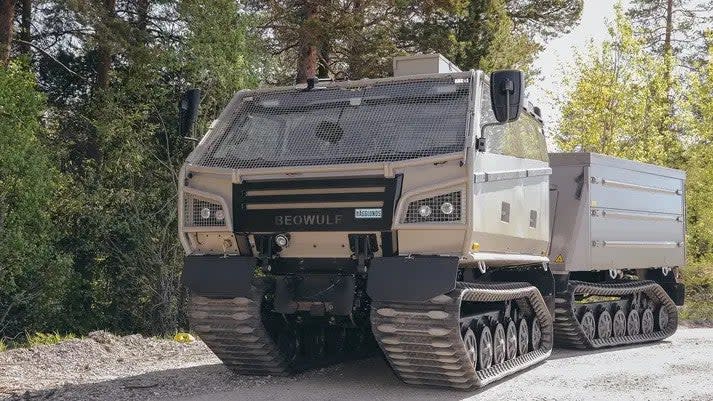
Seizing up to the point of being unusable is just one aspect of how the cold impacts equipment. Temperatures in and around the Arctic can get low enough to cause serious physical damage to many systems.
"You pull out a tablet – if we want to use a tablet, or something like that, to do fires [artillery or other long-range strikes] or planning or anything like that – if it's exposed in that temperature, it's gone," the head of the 11th Airborne continued. "Certain temperatures, just the ambient air hitting it will crack everything on it."
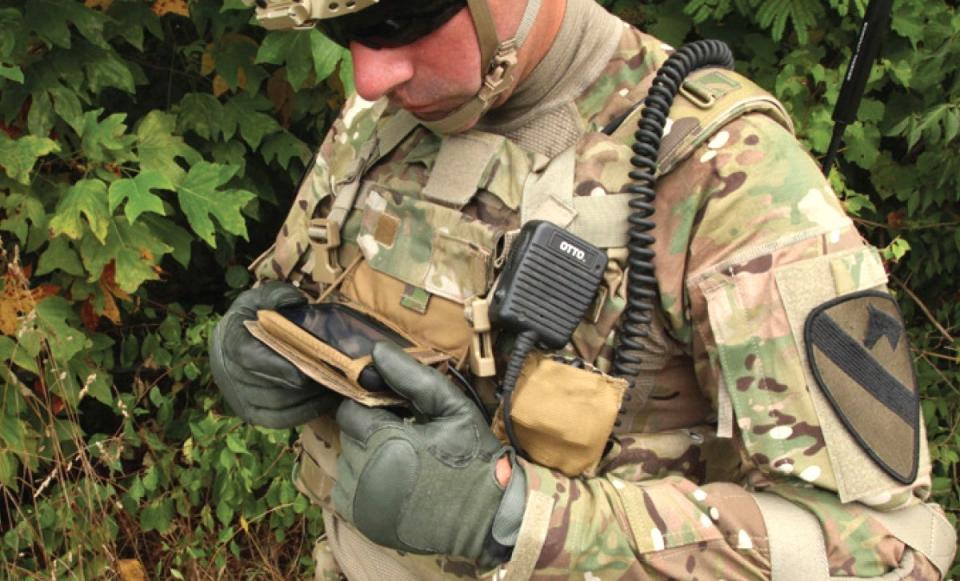
Dead Batteries
When it comes to tablets and other electronic devices, they may not work even if they don't get physically damaged. A particularly long-standing issue for military operations in and around the Arctic is battery life. Very cold temperatures cause typical electro-chemical batteries to lose their charge much faster than normal.
"Just to put it in context, if you have your cell phone with you and you take it out for two minutes, it'll go from 100% to zero in the temperatures we're talking about," according to Maj. Gen. Eifler.
In addition, though communications systems and other electronics are immediately what comes to mind when it comes to how shortened battery life impacts operations, this also hampers the use of standard Army vehicles and other heavy equipment.
The commander of the 11th Airborne said that the Army has met with tech entrepreneur Elon Musk and a team of his specifically about vehicle batteries for use in extreme cold weather environments. Musk is CEO of the electric car company Tesla, which has extensive experience in the development and production of advanced batteries in cooperation with other firms, such as Panasonic and LG Energy Solution.
https://www.youtube.com/watch?v=zB8_HbrxUi8
Douglas Tamilio, the Director of the Army's Combat Capabilities Development Command Soldier Center and another member of last week's Arctic panel at AUSA, highlighted one relatively new piece of kit that has been developed to keep batteries warm. Combat Capabilities Development Command Soldier Center is part of the Natick Soldier Systems Center in Natick, Massachusetts. Also commonly referred to as Natick Labs, or just Natick, this center is a major hub for the development of new specialized clothing and other personal gear, combat rations like Meals Ready to Eat (MRE) and other 'feeding systems,' and other items intended to improve the effectiveness and quality of life of personnel across the U.S. military.
"So we took some technology we [developed] for Afghanistan and Iraq, which is to keep [blood] plasma cold in a bag," Tamilio explained. "We re-engineered it, we modified it, and we now have a bag that can go down to minus 40 degrees... and keep, I think it's nine BB-2590s and 18 conformable batteries, warm enough to be used for 72 hours."
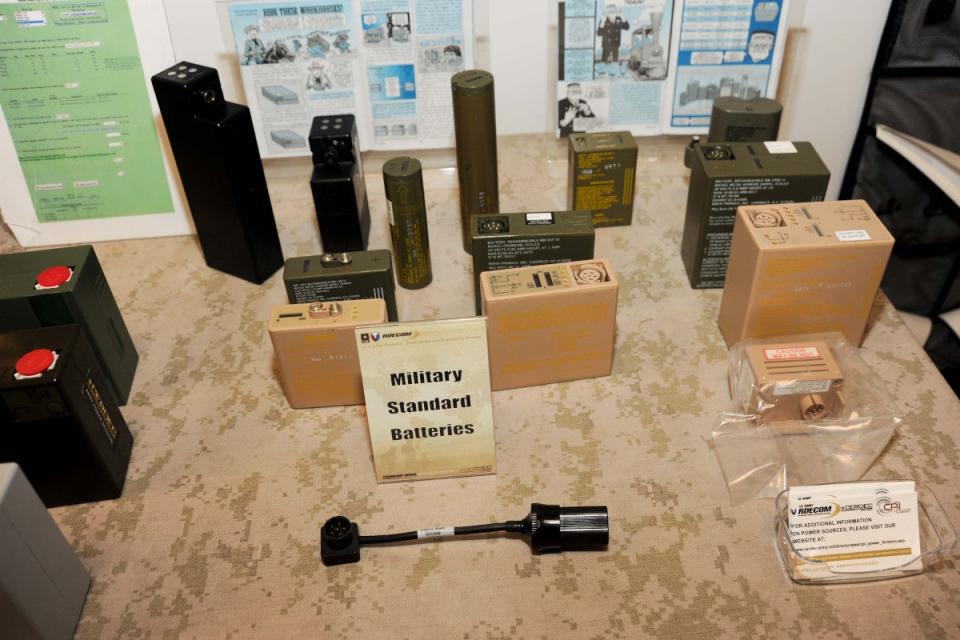
The issue here, of course, is that if the battery warmer requires external power itself, this creates something of a cyclical logistical requirement. Finding alternative sources of power that will work effectively in the Arctic to help alleviate this issue presents its own challenges. Maj. Gen. Eifler raised the point that solar power, for instance, is of limited utility in areas at higher latitudes because they see little to no sunlight at all for significant portions of the year.
Everything Is Harder In Sub-Zero Temperatures
Even with functioning equipment and adequate supplies, Army units in the High North face unique difficulties in conducting otherwise routine operations.
As one prime example, the 11th Airborne Division's Command Sgt. Maj. Vern Daley, who was also on the AUSA panel on Arctic issues last week, pointed out that most Army units don't have to dig down through four feet of snow just to get to solid ground when setting up artillery pieces.
The weather also makes basic casualty care not only harder, but potentially dangerous in its own right. Under more typical conditions, medics can get access relatively easily to parts of a wounded individual, including by cutting away clothes if needed. That's simply not feasible in sub-zero temperatures where stripping even a perfectly healthy person down in any way can lead to serious frostbite and hypothermia. Natick has been working to come through there with a new portable casualty care tent.
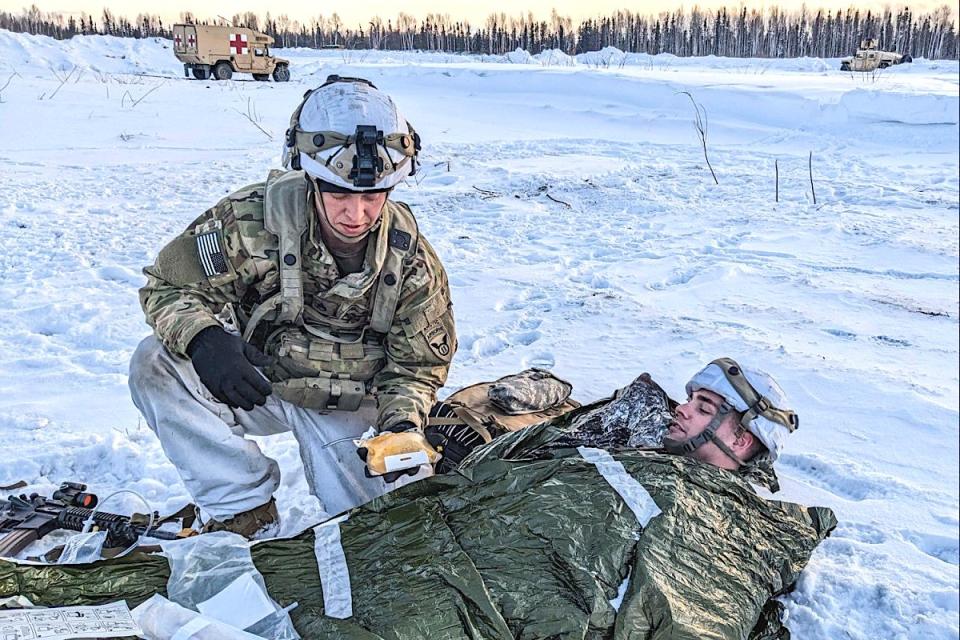
"So my team developed quickly this tent system... It goes up in under a minute with one person [erecting it], can cover a casualty with two [other] people inside. You also have a little heating system that goes with it," according to Natick's Tamilio. "The idea is that would go to... a medic team and [they'd] get it out, get them [the wounded person] in that casualty collection bag, and then get them to a collection point eventually."
Just getting around in heavy snow and sub-zero temperatures is problematic and exhausting, especially for dismounted personnel. Tamilio said that a soldier operating in the High North needs to consume around 7,000 calories every day to keep up. The recommended caloric intake for average adults is generally between 2,000 and 2,500 calories per day.
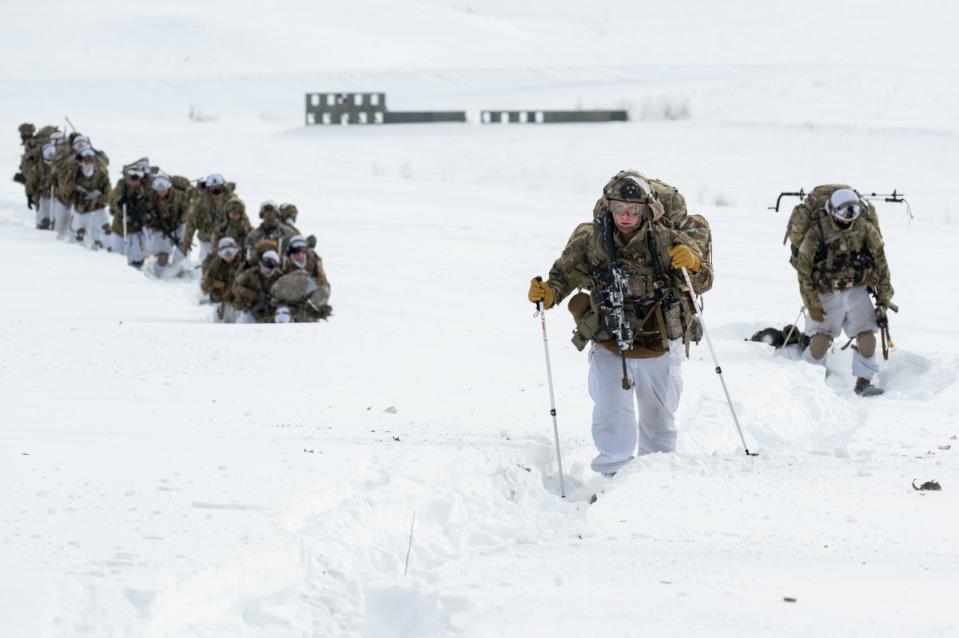
The new CATV vehicles are one part of how the Army is trying to improve mobility and help keep personnel out of the cold. The service has also been issuing all-new and more modern skis. The 11th Airborne's Sgt. Maj. Daley noted that the core design of the skis that had been in service previously dated back to before World War II.
From Just Surviving to Operating
Altogether, the Army's core challenge with regard to Arctic operations now is getting beyond just ensuring that units can survive in these extreme conditions. That hurdle needs to be cleared before the service can really work on expanding its actual operational capacity in the High North.
"About a year and a half ago, I went up and visited General Eifler, at his request. ... He said a couple of things to me that really, I took to heart," Natick's Douglas Tamilio recounted last week. "He said, 'our soldiers have got to first be able to survive in these temperatures, and then operate.' And at that time, he said, 'we're just learning how to survive, we got to get better to operate.'"
The 11th Airborne's Maj. Gen. Eifler did acknowledge that any potential adversaries the United States might fight in the Arctic will face the same challenges. At the same time, the general, as well as Sgt. Maj. Daley, noted that there are a number of other armed forces around the world that regularly conduct high altitude and high latitude operations.
This includes potential adversaries, especially Russia, which has an extensive permanent military presence above the Arctic Circle. Russian ground forces also have significant experience in operating in the High North and have adopted various bespoke weapons, vehicles, and other equipment over the years to help support those activities.
U.S. allies and partners are also among the nations with significant experience in conducting operations in extreme cold weather and mountainous terrain, including in the Arctic. The 11th Airborne has been actively engaging with a number of them to leverage their experience.
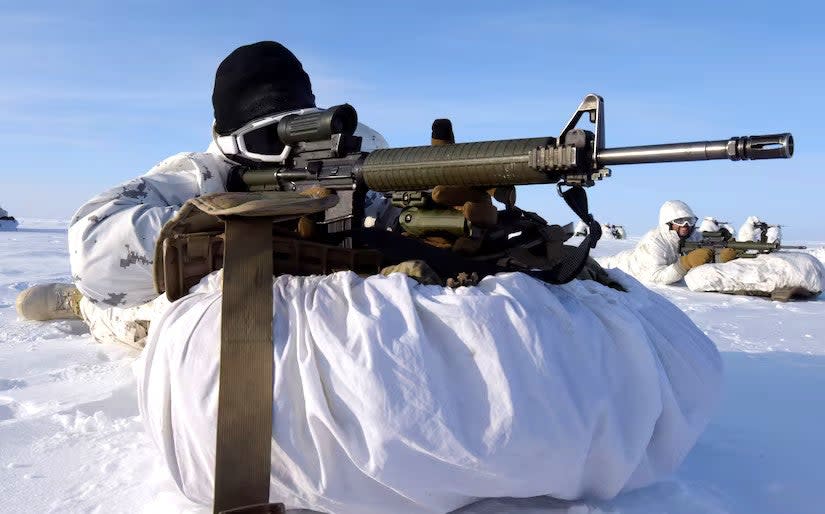
"We stay very busy. We stay aligned a lot with our Scandinavian partners in Finland, Norway, and Sweden. We stay partnered with our Canadian allies," Maj. Gen. Eifler said. "So this year, we're doing 18 separate exercises. I don't think any division is doing more than that. But [we] try to focus on the extreme cold environments across INDOPACOM [the U.S. Indo-Pacific Command area of responsibility], i.e. Mongolia, [the] Himalayas with India – we just did an operation with them – Korea, Japan, northern Japan, but then balance that with our Arctic requirements with some of those other nations."
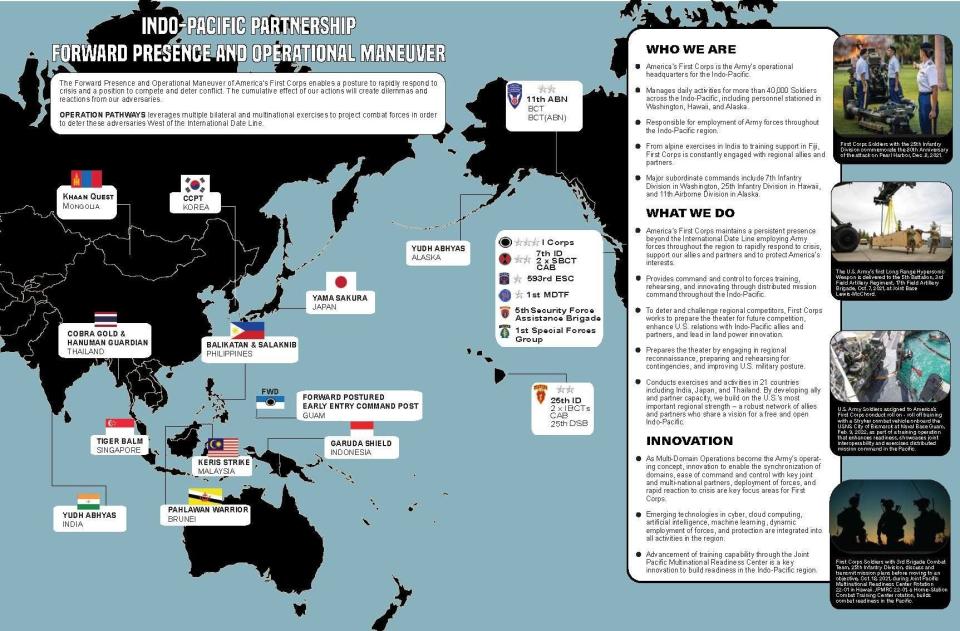
"Ask the Indian Army. They're doing it on the daily, all right?" Sgt. Maj. Daley added. "So there is a viability" when it comes to conducting routine high altitude, high latitude operations.
https://www.youtube.com/watch?app=desktop\u0026v=lr2LuPS1Ybk
It is worth noting that this exercise schedule, as well as dealing with extreme cold weather conditions on a day-to-day basis, are among many factors that have been negatively impacting morale and discipline within the 11th Airborne Division, according to an in-depth report from Military.com last month.
"It is a tough environment. It's the harshest on the planet, and it takes a different type of person to be able to survive, let alone thrive in that environment," Maj. Gen. Eifler said last week. "And that's what we've been working on for the last couple of years.:
In an actual fight up in the High North, "whoever can stay the warmest wins. I don't think you're fighting [the enemy at that point] you're fighting to stay alive," he added.
At the same time, Maj. Gen. Eifler and Sgt. Maj. Daley stressed that the High North is only becoming more and more strategic and the Army needs to have a more robust presence there now more than ever. To be able to operate effectively in and around the Arctic, the service will need to find new and innovative ways to address the unique challenges its units face in this part of the world even when doing the most basic tasks.
Contact the author: joe@thedrive.com

